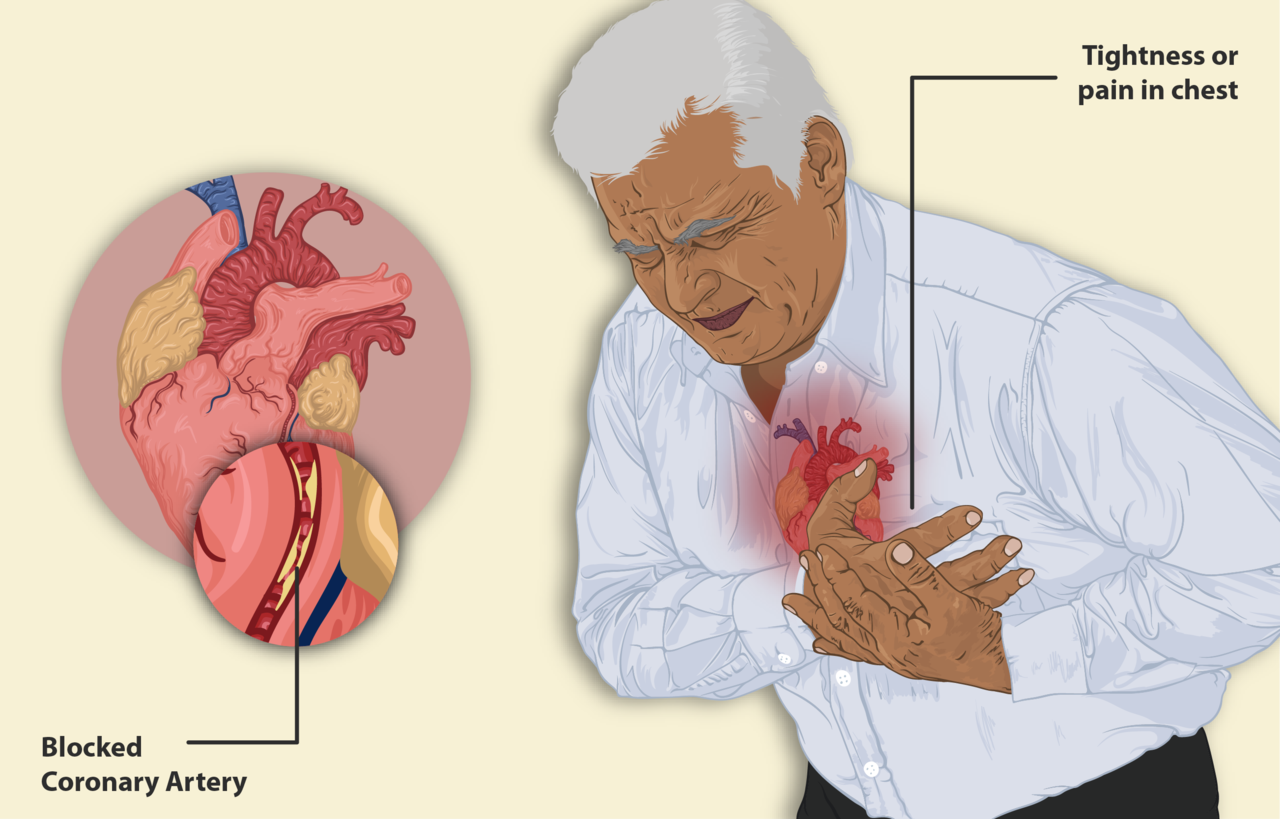 Being told by a doctor like Ian Weisberg that one’s cholesterol needs to be reduced can feel like a kick in the gut, especially if a patient thought that he or she was already eating healthily and exercising. Not only does the surprise not make much sense after everything one has been told about being healthy, trying to figure out what to do next can also seem overwhelming.
Being told by a doctor like Ian Weisberg that one’s cholesterol needs to be reduced can feel like a kick in the gut, especially if a patient thought that he or she was already eating healthily and exercising. Not only does the surprise not make much sense after everything one has been told about being healthy, trying to figure out what to do next can also seem overwhelming.
The Challenge of Bad Cholesterol
Technically known as atherosclerotic cardiovascular disease and truncated down to ASCVD, bad cholesterol is the result of an aggregate effect over time, according to Dr. Ian Weisberg. As the flow and presence of bad cholesterol continues, plaque begins to add microscopic layers to the arterial walls. Over time, that effect of LDL-C begins to slowly but consistently narrow the passageway of blood flow. Eventually, it constricts the circulatory flow so much, the symptoms can include serious and possible fatal health conditions like heart attacks, heart pain and even stroke.
Responding to the Condition
Once ASCVD has been diagnosed, a patient is already well along the progression of the condition. As a result, serious and significant change is needed. Pharmaceuticals are regularly used both to stave off heart reactions, reduce plaque and increase blood flow.
For many, the bad cholesterol presence may not even be noticeable. This is how there can be situations where patients exercise regularly and don’t notice any problems but end up with a heart attack regardless. The most tell-tale signs tend to be high blood pressure, irregular heart beat patterns, unexplained dizziness, and heart pain in the chest area. The confirmation comes with blood tests and measurements for the presence of LDL-C levels as well as hormones the body may release internally in response.
In addition to medical response, changes in diet over time as well as behavior changes can contribute to less risk as well. These modifications include reducing the amount of red meat consumed regularly as well as the same with fried, fatty foods and instead consuming far more plant-based foods. Exercise without straining the heart is significantly positive as well. Eliminating smoking as well as consuming alcoholic drinks will be recommended if it applies. Weight loss and management reduce and eliminate the struggle the heart has to keep pumping sufficiently, making it work less. The combination of obesity with arterial blockage has been well documented as a factor of heart disease. Finally, exposure to high stress conditions as well as chronic pollution can also be issues that need to be avoided going forward too.
Once Corrected, How to Maintain?
Once the primary risk is reduced, it doesn’t mean a patient should back off and return to old habits. Reducing bad cholesterol is a life-long practice and can be maintained with a proper diet, regular activity, and good sleep patterns for daily repair. Even when diagnosed with ASCVD, a patient can still turn their health around and avoid serious heart problems, but it does take work and commitment. Heart issues are not like headaches where one takes a pill and they go away. By focusing attention on what one consumes and how one lives, a heart can definitely be rescued and protected.

